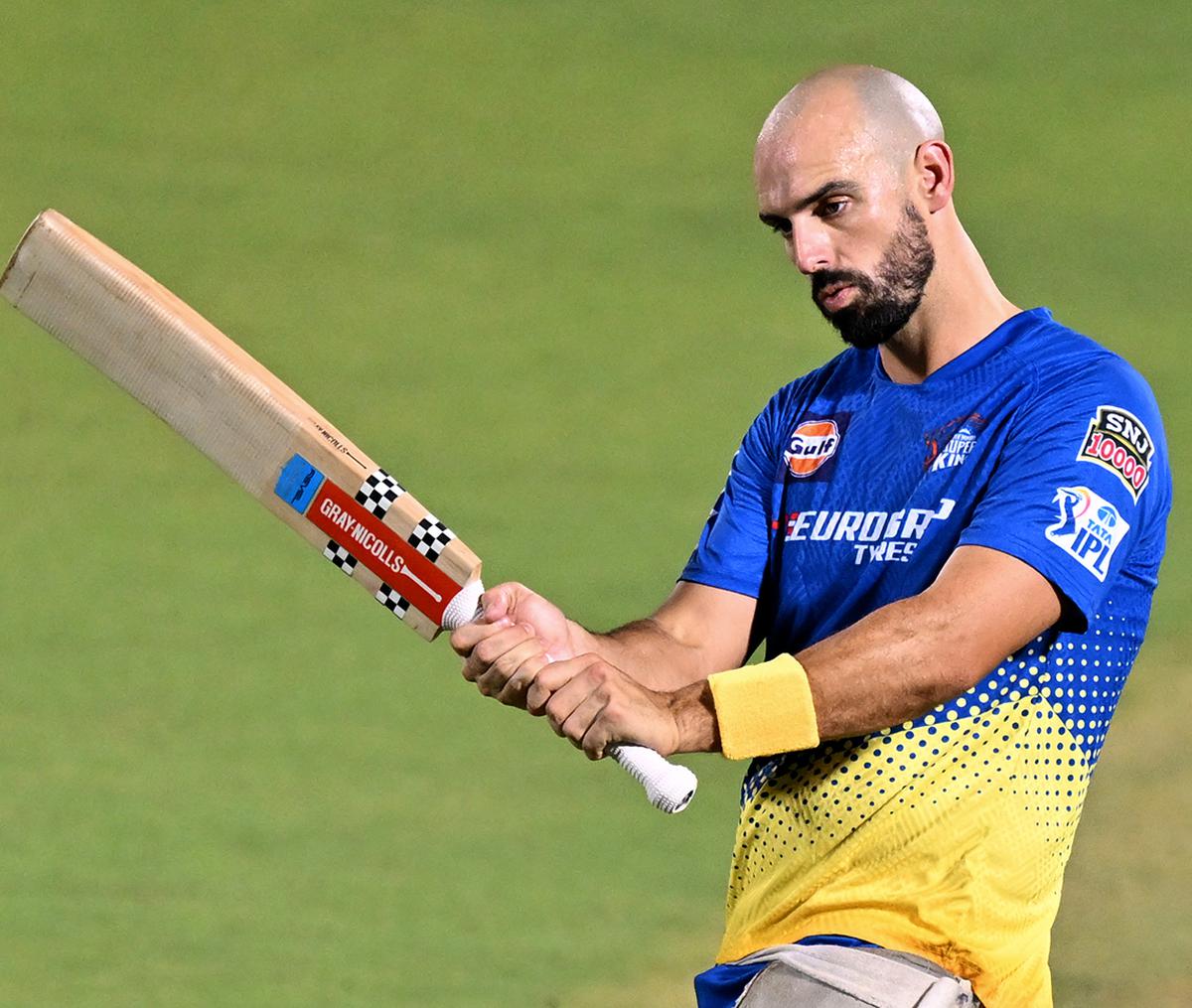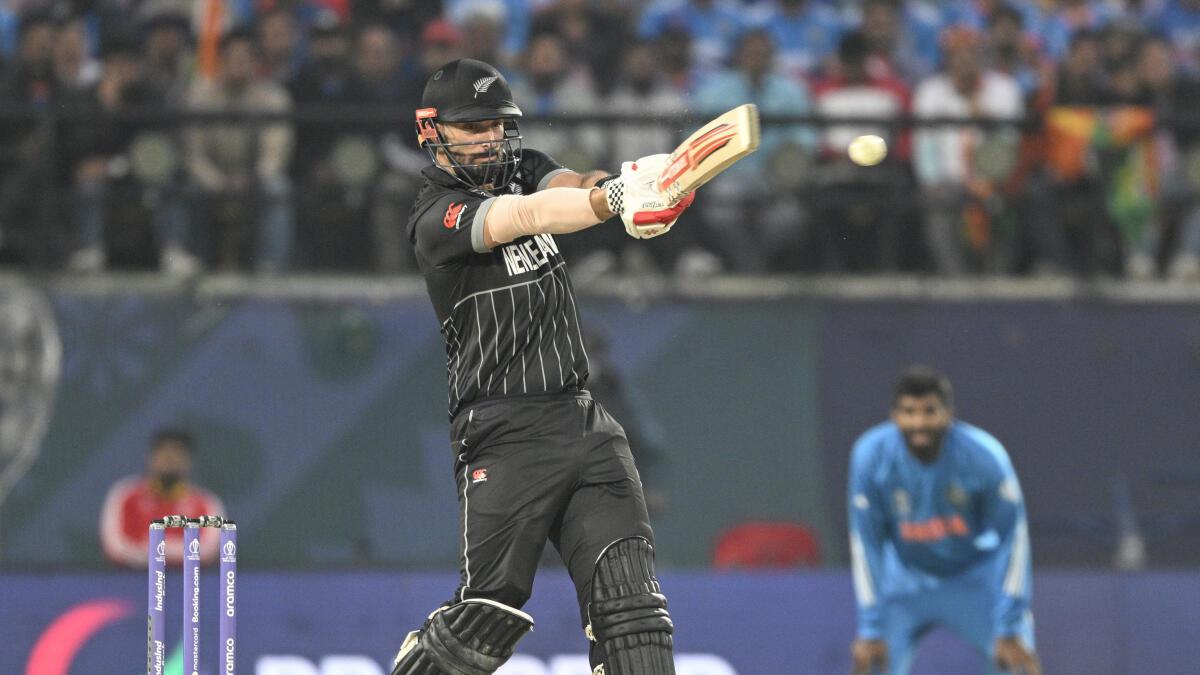Late bloomer Mitchell strives to find right balance between risk and reward
Daryl Mitchell is a late bloomer in international cricket.
He made his T20I debut when he was 27, 28 during his first Test, and 29 when he entered New Zealand’s ODI setup.
Since Mitchell’s international debut, only Kane Williamson (5333) and Tom Latham (4581) have scored more runs than him – 4445 – across formats for New Zealand.
However, for the now 32-year-old Kiwi, his delayed entry has been a “blessing” for him to become the cricketer he is on the field and the person he is off the field.
ALSO READ: Babar Azam reappointed as Pakistan’s white-ball skipper ahead of T20 World Cup
“I guess to play international cricket a little bit of a later age, you could say is a blessing. It allowed me to learn my game at the domestic level for a period and look out not only for the cricketer that I want to be and how I want to play but also the person I want to be off the field as well,” he said during a select media interaction.
“I just love competing. That’s what drives me, getting stuck into whatever job I’ve got to do to help us try to win games at cricket,” he added.
His competitive nature comes from his father, John Mitchell, who is a former Rugby player and a coach. Most of his school holidays went with him being out there on the field and catching the ball.
“There are probably things that have rubbed off on me that I probably didn’t realise as a little kid growing up. I was able to experience different sporting environments as a kid,” he said, adding that eventually it was cricket which he was most passionate about and played in the backyard.
Mitchell’s game against spin was one of the talking points during the recently held 2023 World Cup in India. He was the first player to score two centuries against India in a single World Cup edition – 127 in Dharamsala and 134 in Mumbai.
According to him, it too happened due to his late entry which led him to work out how he wanted his game to be, the way he can use his big frame to his advantage and learn from other players around the world.
“It allowed me to take a while to get to these sorts of stages that I was able to work out how I wanted to go about things. Being a New Zealander, I guess naturally the wickets aren’t conducive to spin,” Mitchell, who hails from Hamilton, explained.
ALSO READ: IPL 2024- Mayank bowled serious heat, says LSG coach Morne Morkel
“So, it’s finding ways to work out what works best for you. I’m 6”3’, I’m 100 KG, so it’s making sure I use my size and my base and finding ways to put pressure back on the spinners in my own way.
“We’ve obviously got a guy called Kane Williamson in our team back home who’s a pretty good player at spin and I’ve learned a lot from him,” he added.
Striking spinners at over 123 and averaging 31 in T20s is one of the reasons why Chennai Super Kings (CSK) spent Rs 14 crore on him and gave him a spot in the middle order.

Striking spinners at over 123 and averaging 31 in T20s is one of the reasons why Chennai Super Kings (CSK) spent Rs 14 crore on him and gave him a spot in the middle order.
| Photo Credit:
The Hindu/DEEPAK KR
Striking spinners at over 123 and averaging 31 in T20s is one of the reasons why Chennai Super Kings (CSK) spent Rs 14 crore on him and gave him a spot in the middle order.
| Photo Credit:
The Hindu/DEEPAK KR
“That’s the cool thing about batting in the middle order – it’s never the same. Each innings is always different, and that’s something. I pride myself on as I can adapt to different situations and work out ways to keep trying to extend partnerships and put pressure back on the bowlers,” Mitchell said.
For him, it doesn’t matter how the runs are scored and how it looks – ugly or beautiful – if it gets the job done.
“My blueprint is pretty simple, whatever format that might be. You just tinker with the risk vs reward aspect of the game, whether it’s Test cricket or down to T20 cricket, as well. It’s making sure again that you prison out in the middle and just adapt to whatever format it might be, (and) it’s just about trying to get the job done.”



